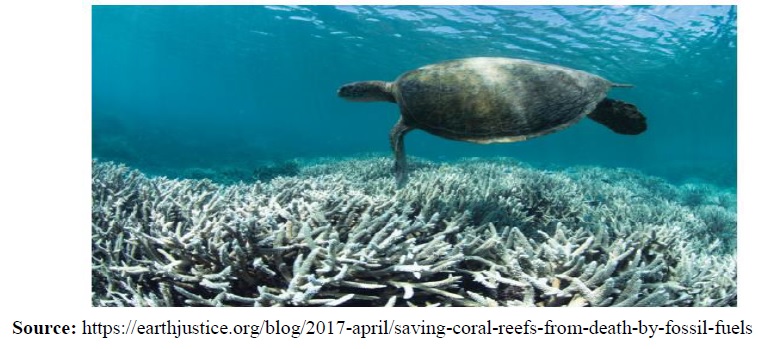The Effects of Declining Biological Diversity on the Environment
DOI:
https://doi.org/10.31033/abjar.1.2.1Keywords:
biodiversity, environment, forest, climate, conservationAbstract
India is home to three of the world's ten most biodiverse hotspots on land, a vast variety of forest types, and a temperate to tropical climatic range. The majority of terrestrial species are now only found in forests because their former habitats have been destroyed. 514 natural sanctuaries, 99 national parks (including 18 biosphere reserves), and several holy groves are all part of the extensive network of protected places. Forest degradation and biodiversity loss persist due to increasing human population needs, shifting land uses, and the introduction of invasive alien species, despite a supportive forest policy and a robust regulatory framework. Individuals should be encouraged to take part in large-scale biodiversity conservation restoration efforts, and the degree and rate of biodiversity loss should be monitored continuously.
Downloads
References
Kaushik A., & Kaushik C.P. (2008). Environmental studies. New Delhi: New Age International Publishers.
https://earthjustice.org/blog/2017-april/saving-coral-reefs-from-death-by-fossil-fuels.
Verma A.K. (2015). Values and need of biodiversity conservation. Bioherald: An International of Biodiversity and Conservation, 5(1-2), 77-79.
https://www.slideshare.net/RameshMahindrakar/biodiversity-of-india.
Verma A.K. (2016). Distribution and conservation status of cat fishes in alwara lake of district kaushambi (U.P.). International Journal on Environmental Sciences, 7(1), 72-75.
Prakash S., & Verma A.K. (2017). IUCN conservation status of fishes of khanwari pond of district kaushambi (U.P.). Proceedings of the Zoological Society of India. 16(1), 81-84.
Prakash S., & Verma A.K. (2017). Conservation status of fresh water fishes reported in alwara lake of district kaushambi (U.P.). International Journal of Zoology Studie, 1(5), 32-35.
Siddiqui, J. (2018). Mainstreaming biodiversity accounting: Potential implications for a developing economy. Accounting, Auditing & Accountability Journal, 26(5), 779–805.
Prakash, V. et al. (2018). Recent changes in populations of resident Gyps vultures in India. Journal of the Bombay Natural History Society, 104(1), 129–135.

Downloads
Published
How to Cite
Issue
Section
ARK
License
Copyright (c) 2022 Ritesh Sharma, Animesh Srivastava

This work is licensed under a Creative Commons Attribution 4.0 International License.
Research Articles in 'Applied Science and Biotechnology Journal for Advanced Research' are Open Access articles published under the Creative Commons CC BY License Creative Commons Attribution 4.0 International License http://creativecommons.org/licenses/by/4.0/. This license allows you to share – copy and redistribute the material in any medium or format. Adapt – remix, transform, and build upon the material for any purpose, even commercially.










